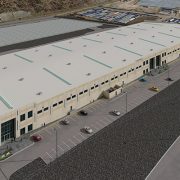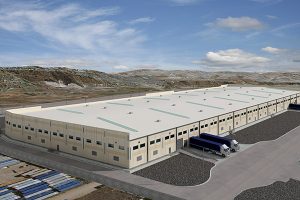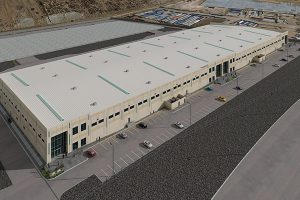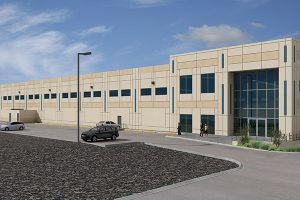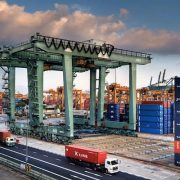Traditionally, Latin America’s role in global trade has been impeded by the same anti-trade suspicions which are now discrediting the benefits of globalization in the United States. The TPP is the world’s most extensive trade agreement to date, extending into different industries and reforming trade practices in areas such as intellectual property. The 12 country agreement, whose members include: Australia, Brunei, Canada, Chile, Malaysia, Mexico, Japan, New Zealand, Peru, Singapore, the United States, and Vietnam, make up almost 40 percent of global GDP and almost 30 percent of all global foreign direct investment (FDI).
Trade and Regional Development
Despite the waves of populism in the United States and Europe, a trend which is all but unknown in Latin America, trade is universally recognized as the fuel for growth in the Western hemisphere. Mexico, for instance, can attribute most of its recent growth to its reliance on trade and foreign investment; Mexico has signed the most free-trade agreements in the world.
The region’s growth, however, also depends on intraregional trade, which is low but slowly increasing. The TPP’s three Latin American members: Mexico, Peru, and Chile, are also members of the Pacific Alliance, a Latin American trade bloc encouraging regional integration and intraregional trade.
By approving the TPP, countries like Mexico gain access to a market of almost 1 billion consumers and low cost goods which can be traded within the region. Mexico already does this through the NAFTA agreement with the United States and Canada. By import- ing value-add products from the United States, the region gains access to a market of American goods that would otherwise be unavailable. This agreement also facilitates the creation of small to medium sized businesses in the region who will inevitably have lower costs of production and new markets.
Despite the enormous benefits of trade in the region, it is not enough for countries to reach their development goals. A strong middle class and a new entrepreneurial class are the future of a less commodity dependent region. By lowering costs, the new trade agreement will empower the middle class by offering low-cost goods to increase domestic spending. This agreement also facilitates the creation of small to medium sized businesses in the region which will have lower costs of production and access to new markets.
Regional Trade Security
Besides the potential gains from trade in the Pacific, the TPP fulfills an important geopolitical strategy of Chinese containment.
China’s footprint in the hemisphere over the past decade has increased substantially. In part due to the United States’ interests in the Middle East, China’s international pivot not only perpetuated Latin America’s dependence on commodities, it also increased their vulnerability. China has expanded its interest in the region through investment in infrastructure and even arms sales to governments for preferential business. Playing to historic resentment towards Western institutions like the World Bank and the IMF, unconditional loans from China have done little to strengthen the region’s institutions.going on in those home countries of our buyers.”
Source: http://intpolicydigest.org/2016/09/13/tpp-matters-latin-america/

